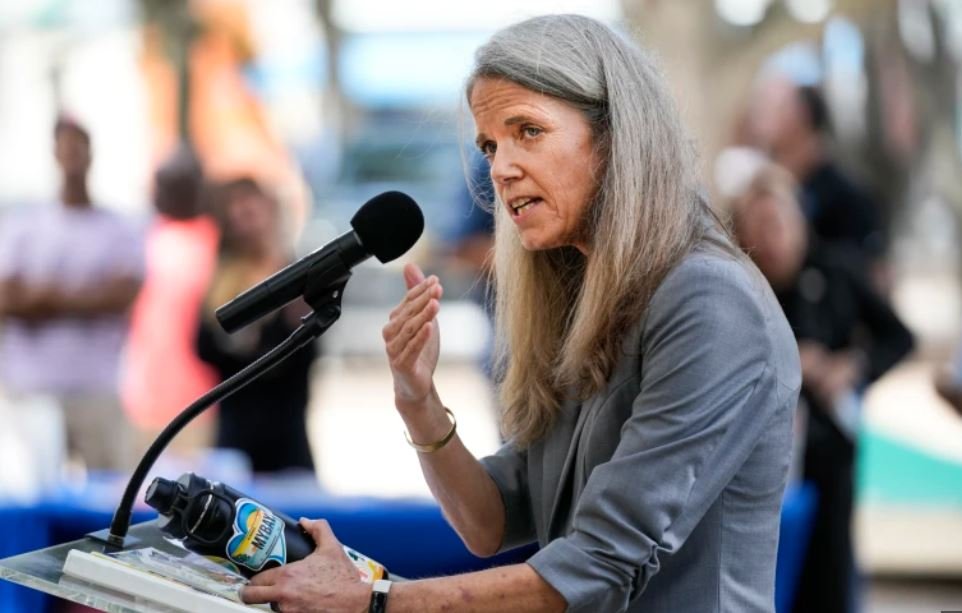
Jane Gilbert’s advocacy for the role of Chief Heat Officers underscores the growing recognition of the urgent need to address the impacts of climate change, particularly the rising threat of extreme heat events in urban areas. Let’s delve into the details of this role and its significance:
1. Addressing Climate Change: Chief Heat Officers play a pivotal role in addressing climate change at the local level. As climate change exacerbates extreme weather events, including heatwaves, cities are increasingly vulnerable to the impacts of rising temperatures. By appointing Chief Heat Officers, cities demonstrate a commitment to proactive climate action and resilience-building measures.
2. Mitigating Public Health Risks: Extreme heat poses significant public health risks, including heat-related illnesses and deaths, particularly among vulnerable populations such as the elderly, children, and those with pre-existing health conditions. Chief Heat Officers focus on implementing strategies to mitigate these risks, such as increasing access to cooling centers, conducting heat vulnerability assessments, and implementing heat emergency response plans.
3. Equity and Social Justice: The impacts of extreme heat are often disproportionately felt by marginalized communities, including low-income neighborhoods and communities of color. Chief Heat Officers prioritize equity and social justice by ensuring that heat mitigation strategies are accessible and inclusive for all residents. This may involve targeted outreach efforts, community engagement initiatives, and investments in green infrastructure in underserved areas.
4. Interagency Coordination: Chief Heat Officers serve as focal points for interagency coordination and collaboration. They work closely with city departments, public health agencies, emergency management services, and community organizations to develop comprehensive heat mitigation and adaptation strategies. This interdisciplinary approach ensures a cohesive and coordinated response to the complex challenges posed by extreme heat.
5. Data-driven Decision Making: Chief Heat Officers rely on data-driven approaches to inform decision-making and policy development. This includes leveraging climate data, heat mapping, and vulnerability assessments to identify high-risk areas and prioritize interventions. By employing evidence-based strategies, Chief Heat Officers maximize the effectiveness of heat mitigation efforts and allocate resources where they are most needed.
6. Building Resilient Infrastructure: In addition to short-term emergency response measures, Chief Heat Officers focus on building resilient infrastructure that can withstand the impacts of extreme heat over the long term. This may involve urban planning strategies such as green roofs, permeable pavement, and tree canopy expansion, which not only help to mitigate heat but also provide multiple co-benefits such as improved air quality, reduced urban heat island effect, and enhanced biodiversity.
7. Community Engagement and Education: Chief Heat Officers engage with residents, businesses, and community stakeholders to raise awareness about the risks of extreme heat and empower individuals to take action to protect themselves and their communities. This may include educational campaigns, heat safety workshops, and outreach initiatives to vulnerable populations. By fostering a culture of resilience and preparedness, Chief Heat Officers enhance community readiness and response capabilities.
In summary, the role of Chief Heat Officers, as advocated by Jane Gilbert, is essential for addressing the complex challenges posed by extreme heat in urban areas. By prioritizing public health, equity, data-driven decision-making, interagency coordination, resilient infrastructure, and community engagement, Chief Heat Officers play a critical role in building climate resilience and ensuring the well-being of city residents in the face of a warming world.

Leave a Reply